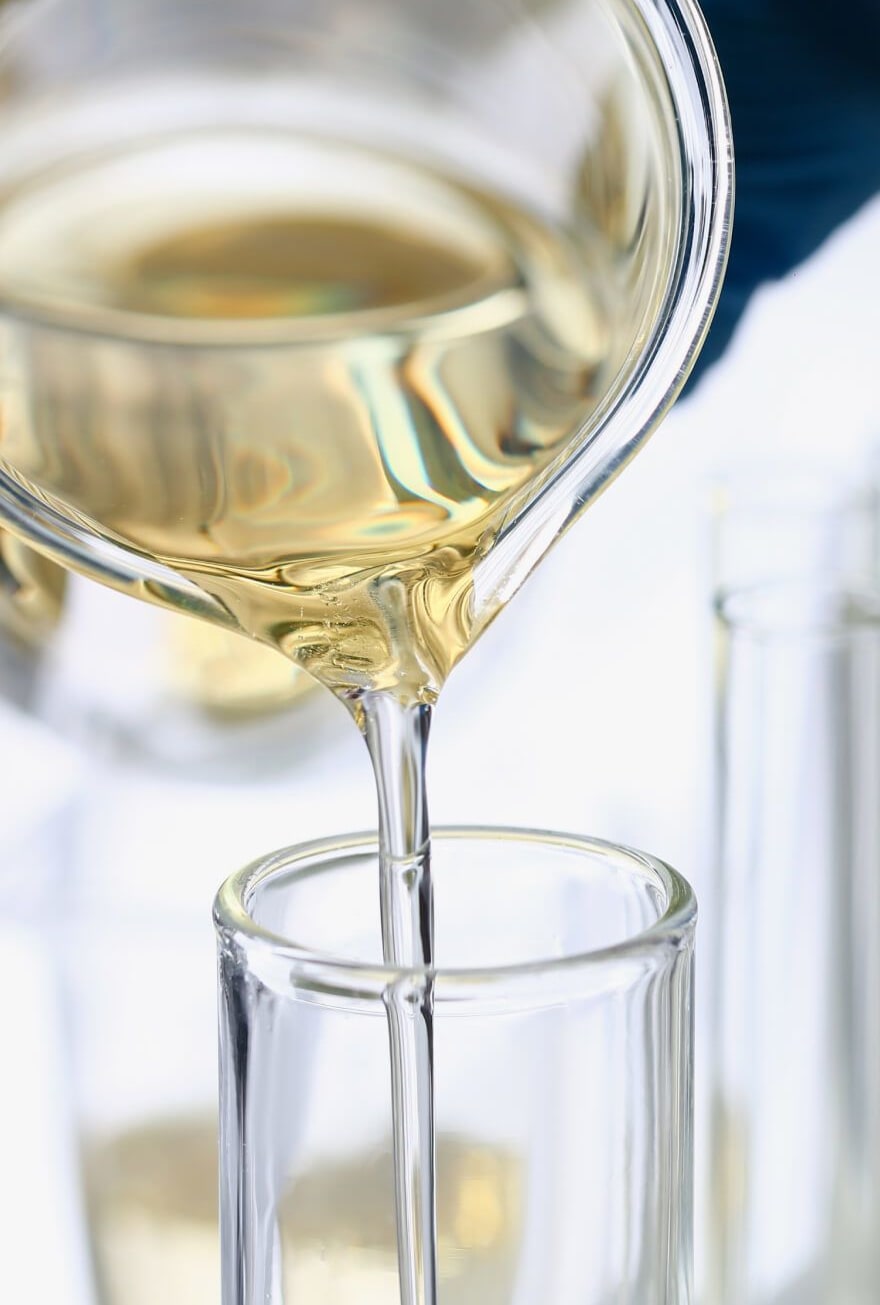Knowde Enhanced TDS
Identification & Functionality
- Carrier
- Chemical Family
- Fluids & Lubricants Functions
- CAS No.
- 9004-82-4
- EC No.
- 618-398-5
- Technologies
- Product Families
- Chemical Formula
CH3(CH2)10CH2(OCH2CH2)3OSO3Na
Features & Benefits
- Biodegradability
Product is readily biodegradable.
- Product Benefits
- Couples formulation components
- Imparts corrosion inhibition
- Assists in the emulsification of components in soluble oil formulations
Functional Characteristics.
- Emulsification.
- Corrosion Inhibition.
- Coupling Agent
Applications & Uses
- Markets
- Fluids & Lubricants Type
- Fluids & Lubricants End Use
- Applications
- STEPAN MWA-181 is a biodegradable linear fatty alcohol ether sulfate. Stepan's continuous SO₃ process minimizes salt and free alcohol content, eliminates the presence of chlorides, permitting more consistent control of viscosity. It is a clear liquid of exceptionally light color and good odor.
- STEPAN MWA-181 is used in the emulsification of components and can enable improved performance in metal cleaning in metalworking applications. It can be used to efficiently remove oil residue from metal surfaces.
Properties
- Physical Form
- Appearance
- Clear liquid (at 25°C)
- Typical Properties
| Value | Units | Test Method / Conditions | |
| Actives Content (EW 441) | 59.4 | % | — |
| Alcohol Insolubles | 0.25 | % | — |
| Boiling Point | 88 | °C | — |
| Cloud Point | 4 | °C | — |
| Color (in 5% active) | 30 | — | Klett Colorimeter |
| Critical Micelle Concentration (CMC) | 74 | mg/l | — |
| Density | 1.03 | g/ml | — |
| Flash Point | 25 | °C | PMCC Flash Point Tester |
| Freeze Point | -4 | °C | — |
| pH (in 10% aqueous) | 8.11 | — | — |
| Pour Point | -1 | °C | — |
| Regulated Volatile Organic Chemicals (Ethanol) | 14 | % | U.S. EPA |
| Solids Content | 61.2 | % | — |
| Unsulfated Alcohol | 2.49 | % | — |
| Viscosity (at 25°C) | 55 | cPs | — |
| Viscosity (at 60 °C) | 15 | cPs | — |
Regulatory & Compliance
- Certifications & Compliance
- Chemical Inventories
- Clearances
The international inventories (country clearances) for STEPAN MWA-181 can be found in Section 15 of the Safety Data Sheet (SDS). It is the responsibility of the formulator to review the chemical control regulations for each country where the end-product is intended to be sold or used.
Safety & Health
- Health Effects
STEPAN MWA-181 is practically non-toxic orally (LD₅₀ > 5000 mg/kg). The product may cause mild to moderate skin and eye irritation at 10% active and is practically non-irritating at < 1% active. See the SDS for further information.
Packaging & Availability
- Packaging Type
- Standard Packaging
STEPAN MWA-181 is available in drums.
Storage & Handling
- Storage & Handling
- It is recommended that STEPAN MWA-181 be stored in sealed containers kept in a well-ventilated area away from sparks, fire, and open flame. Avoid overheating or freezing. Equipment should be grounded when transferring or using material. Normal safety precautions (i.e., gloves and safety goggles) should be employed when handing STEPAN MWA-181. Contact with eyes, nose or prolonged contact with skin should be avoided. Wash thoroughly after handling STEPAN MWA-181. See the SDS for further information.
- Non-Bulk Storage Information: It is recommended that STEPAN MWA-181 be stored in sealed containers and kept in a well ventilated, cool, dry area away from sparks, fire, and open flame. Avoid overheating or freezing. Equipment should be grounded when transferring or using material.
- Bulk Storage Information: Tanks made of 316 stainless steel or fiberglass with an Atlac 382 corrosion liner, atmospheric storage with a flame arrestor, and electrically grounded fittings are recommended. Material should be stored between 26-32°C (80-90°F). Pumps, pipes and transfer lines should be 316 stainless steel.
- Workplace Exposure
Occupational exposure can occur primarily through skin contact or via inhalation of vapors and mists. Engineering controls, personal protective equipment, and other workplace practices should be used to control these exposures. See the SDS for further information.

